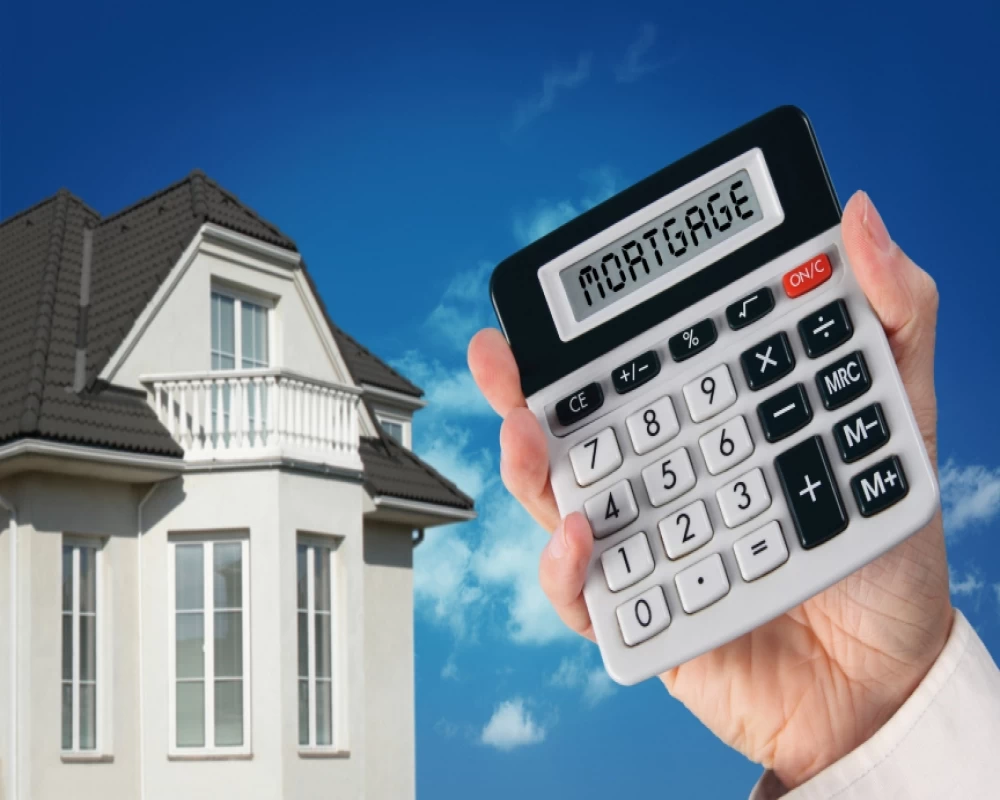Home Values Will Decrease, Making It More Affordable for Buyers

Home values are decreasing, making it an ideal time for buyers to invest in real estate. This article explores the reasons behind the decline in home values and what it means for buyers.
Introduction
The real estate market has seen a significant decline in home values over the past few years. This trend is a result of several factors, including the pandemic, economic downturn, and changing demographics. The decline in home values is good news for buyers as it makes homes more affordable, and they can now get more value for their money. In this article, we will explore the reasons behind the decrease in home values and what it means for potential buyers.
Why Are Home Values Decreasing?
Several factors have contributed to the decline in home values. Here are some of the most significant ones:
Economic Downturn
The economic downturn caused by the pandemic has had a severe impact on the real estate market. The job losses and business closures have resulted in a decrease in demand for homes, which has led to a decline in prices.
Changing Demographics
Changing demographics have also played a significant role in the decrease in home values. Millennials, who make up a significant portion of the home-buying population, are delaying homeownership due to financial constraints. Additionally, baby boomers, who make up a significant portion of homeowners, are downsizing and selling their homes.
Oversupply of Homes
Another factor contributing to the decrease in home values is the oversupply of homes. Home builders have been constructing more homes than the demand, leading to a surplus of inventory. This has given buyers more options and bargaining power, which has resulted in lower prices.
What Does It Mean for Buyers?
The decrease in home values is excellent news for buyers as it makes homeownership more accessible and affordable. Here are some ways in which it benefits potential buyers:
More Value for Money
Lower home values mean that buyers can get more value for their money. They can purchase a more significant property for the same price or buy a property in a more desirable location that was previously out of reach.
More Options
The oversupply of homes has given buyers more options to choose from. They can now take their time and select the home that meets their requirements without feeling rushed.
Bargaining Power
Buyers now have more bargaining power as there is less competition for homes. They can negotiate a better price or ask for additional concessions such as repairs, closing costs, or upgrades.
The Pros and Cons of Buying During a Market Downturn
While there are several advantages to buying during a market downturn, there are also some disadvantages to consider. Here are some of the pros and cons of buying during a market downturn:
Pros
- Lower home prices
- More value for money
- More bargaining power
- More options to choose from
Cons
- Potentially lower quality homes
- Potentially higher repair costs
- Limited financing options
- Uncertainty about the future of the market
FAQs
Q1. How long will the decrease in home values last?
A1. It is challenging to predict the length of the market downturn. Still, experts believe that the decrease in home values may continue for a few more years until the market stabilizes.
Q2. Should I wait for home values to decrease further before buying?
A2. It is challenging to time the market, and waiting for further decreases in home values may not be worth the risk. You should consider your financial situation, long-term goals, and personal preferences before making a decision.
Q3. Will I get a good return on investment if I buy a home now?
A3. The answer to this question depends on several factors, including the current state of the real estate market in your area, the condition and location of the property you're considering, and your long-term plans. In general, if you buy a home in an area with a strong real estate market, and the property is in good condition and a desirable location, you may see a good return on your investment over time. However, it's essential to consider your long-term plans and the costs associated with owning a home before making a decision.




